OMDURMAN, Sudan: An international team of researchers has found new evidence that prehistoric ancestors had a detailed understanding of plants long before the development of agriculture. By extracting chemical compounds and microfossils from dental calculus—calcified dental plaque—from ancient teeth, the researchers were able to provide an entirely new perspective on our ancestors’ diets.
The research suggests that purple nut sedge, today regarded as a nuisance weed, formed an important part of the prehistoric diet and that prehistoric people living in Central Sudan may have understood both the nutritional and medicinal qualities of this and other plants.
The research, led by the Universitat Autònoma de Barcelona (UAB) and the University of York, was conducted at Al Khiday, a prehistoric site on the White Nile in Central Sudan. It demonstrates that for at least 7,000 years, starting before the development of agriculture and continuing after agricultural plants were also available, the people of Al Khiday ate the plant purple nut sedge. The plant is a good source of carbohydrates, and has many useful medicinal and aromatic qualities.
Lead author Dr Karen Hardy, a Catalan Institute for Research and Advanced Studies Research Professor at the UAB and an honorary research associate at the University of York, said: “Purple nut sedge is today considered to be a scourge in tropical and sub-tropical regions and has been called the world’s most expensive weed due to the difficulties and high costs of eradication from agricultural areas. By extracting material from samples of ancient dental calculus we have found that rather than being a nuisance in the past, its value as a food, and possibly its abundant medicinal qualities were known. More recently, it was also used by the ancient Egyptians as perfume and as medicine.”
“We also discovered that these people ate several other plants and we found traces of smoke, evidence for cooking, and for chewing plant fibres to prepare raw materials. These small biographical details add to the growing evidence that prehistoric people had a detailed understanding of plants long before the development of agriculture.”
Al Khiday is a complex of five archaeological sites that lie 25 km south of the city of Omdurman. One of the sites is predominantly a burial ground of the pre-Mesolithic, Neolithic and Late Meroitic periods. As a multiperiod cemetery, it gave the researchers a useful long-term perspective on the material recovered.
The researchers found ingestion of the purple nut sedge in both pre-agricultural and agricultural periods. They suggest that the plant’s ability to inhibit Streptococcus mutans, a bacterium that contributes to tooth decay, may have contributed to the unexpectedly low level of cavities found in the agricultural population.
“The development of studies on chemical compounds and microfossils extracted from dental calculus will help to counterbalance the dominant focus on meat and protein that has been a feature of pre-agricultural dietary interpretation, up until now,” Hardy stated. “The new access to plants ingested, which is provided by dental calculus analysis, will increase, if not revolutionise, the perception of ecological knowledge and use of plants among earlier prehistoric and pre-agrarian populations.”
The study, titled “Dental calculus reveals unique insights into food items, cooking and plant processing in prehistoric central Sudan”, was published online on 16 July in the PLOS ONE journal.
In this interview, Dr. Jaleena Jessop, Chief Clinical Officer at Ultradent Products, discusses her extensive 22-year experience as a practicing clinician, ...
MEDIT consistently joins global exhibitions to present its innovative technology, starting with the AEEDC 2024, a prominent dental exhibition in the UAE. ...
LONDON, UK: One of the greatest challenges for the dental profession in returning to normal business is the inherent risk of SARS-CoV-2 transmission via ...
WORANSO-MILLE, Ethiopia: Australopithecus deyiremeda is the name of a new fossil hominid species that was discovered in the central region of Afar in ...
Dentsply Sirona, The Dental Solutions Company™, today announced that it signed an agreement to acquire OraMetrix, an industry provider of innovative 3-D ...
Aim: To assess the roughness and loss of substance of tooth surfaces after instrumentation with AirFlow, ultrasonics, hand instruments and polishing methods...
People who have a severe fear of the dentist are more likely to have tooth decay or missing teeth, according to a new study from King’s College London.
People who have a severe fear of the dentist are more likely to have tooth decay or missing teeth, according to a new study from King’s College London.
Dubai, UAE: Align Technology, a leading global medical device company that designs, manufactures, and sells the Invisalign System of clear aligners, iTero ...
Live webinar
Wed. 14 January 2026
9:00 pm UAE (Dubai)
Dr. Théo Laplane, Dr. Robert Gottlander DDS
Live webinar
Fri. 16 January 2026
9:00 pm UAE (Dubai)
Live webinar
Mon. 19 January 2026
10:00 pm UAE (Dubai)
Philipp Kopp, Michael Seeber
Live webinar
Thu. 22 January 2026
6:00 pm UAE (Dubai)
Prof. Judith Jones D.D.S; M.P.H., Prof. Kakuhiro Fukai D.D.S., Ph.D, Dr. Bathsheba (Bethy) Turton
Live webinar
Thu. 22 January 2026
11:00 pm UAE (Dubai)
Dr. Nicola M. Grande DDS, PhD
Live webinar
Wed. 28 January 2026
5:00 pm UAE (Dubai)
Live webinar
Wed. 28 January 2026
8:00 pm UAE (Dubai)
Prof. Dr. Jan-Frederik Güth



 Austria / Österreich
Austria / Österreich
 Bosnia and Herzegovina / Босна и Херцеговина
Bosnia and Herzegovina / Босна и Херцеговина
 Bulgaria / България
Bulgaria / България
 Croatia / Hrvatska
Croatia / Hrvatska
 Czech Republic & Slovakia / Česká republika & Slovensko
Czech Republic & Slovakia / Česká republika & Slovensko
 France / France
France / France
 Germany / Deutschland
Germany / Deutschland
 Greece / ΕΛΛΑΔΑ
Greece / ΕΛΛΑΔΑ
 Hungary / Hungary
Hungary / Hungary
 Italy / Italia
Italy / Italia
 Netherlands / Nederland
Netherlands / Nederland
 Nordic / Nordic
Nordic / Nordic
 Poland / Polska
Poland / Polska
 Portugal / Portugal
Portugal / Portugal
 Romania & Moldova / România & Moldova
Romania & Moldova / România & Moldova
 Slovenia / Slovenija
Slovenia / Slovenija
 Serbia & Montenegro / Србија и Црна Гора
Serbia & Montenegro / Србија и Црна Гора
 Spain / España
Spain / España
 Switzerland / Schweiz
Switzerland / Schweiz
 Turkey / Türkiye
Turkey / Türkiye
 UK & Ireland / UK & Ireland
UK & Ireland / UK & Ireland
 International / International
International / International
 Brazil / Brasil
Brazil / Brasil
 Canada / Canada
Canada / Canada
 Latin America / Latinoamérica
Latin America / Latinoamérica
 USA / USA
USA / USA
 China / 中国
China / 中国
 India / भारत गणराज्य
India / भारत गणराज्य
 Pakistan / Pākistān
Pakistan / Pākistān
 Vietnam / Việt Nam
Vietnam / Việt Nam
 ASEAN / ASEAN
ASEAN / ASEAN
 Israel / מְדִינַת יִשְׂרָאֵל
Israel / מְדִינַת יִשְׂרָאֵל
 Algeria, Morocco & Tunisia / الجزائر والمغرب وتونس
Algeria, Morocco & Tunisia / الجزائر والمغرب وتونس




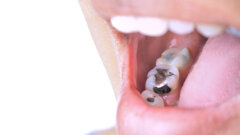

























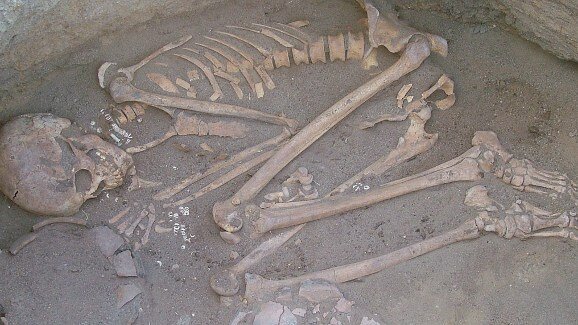





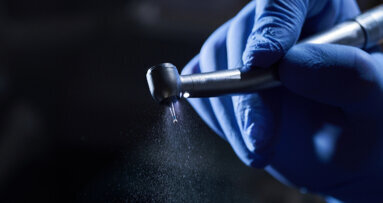
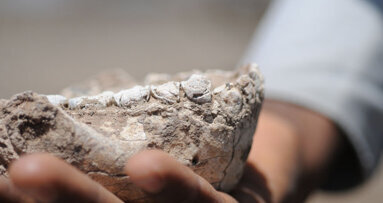
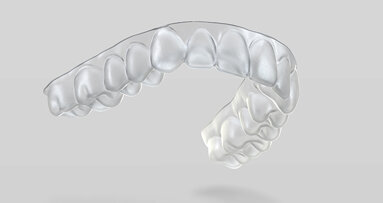


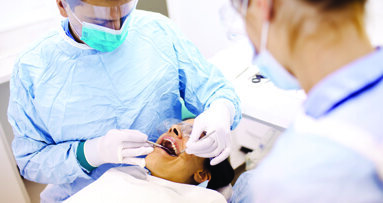
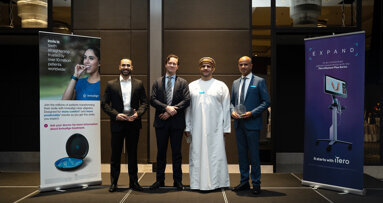

















To post a reply please login or register